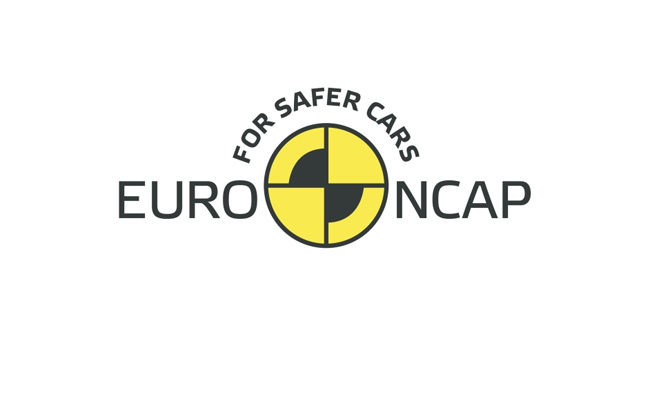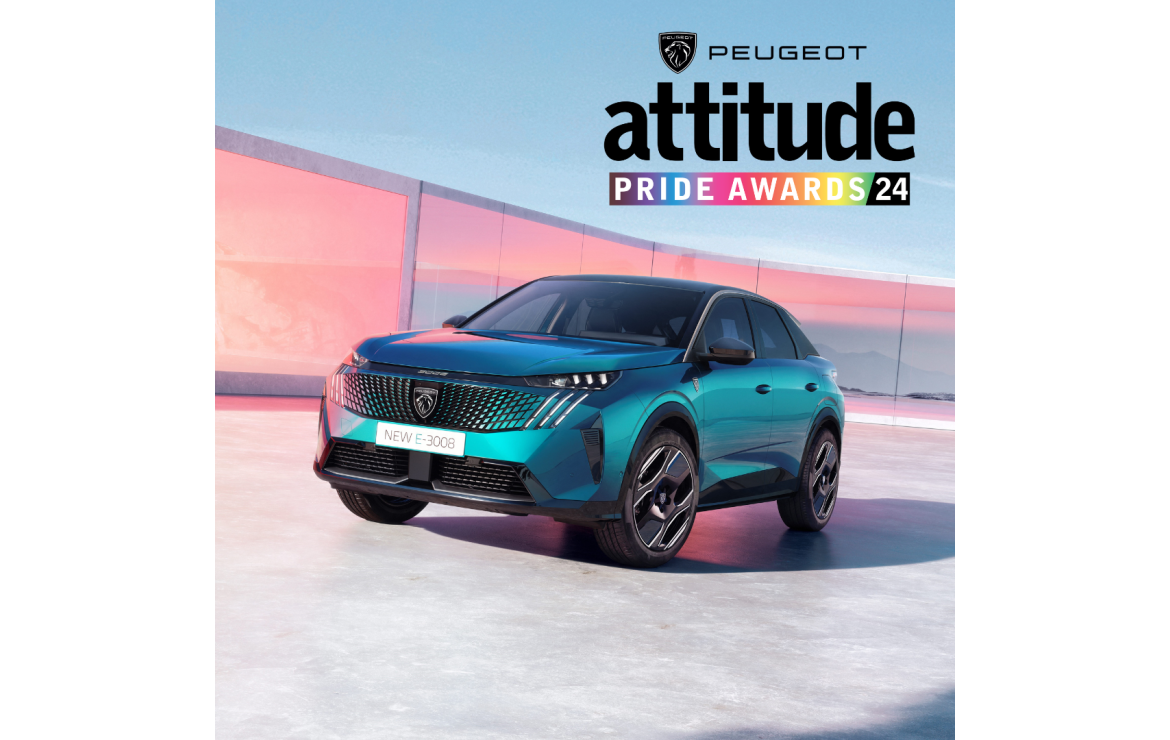We’ve been celebrating the news that the Renault Captur has just scored a maximum five star rating in Euro NCAP testing. This result makes the new supermini the fifteenth Renault model to achieve this maximum score and among the safest small cars on the road. It’s an achievement to be proud of but what exactly does it mean? Most of us have heard of NCAP in passing but how many of us actually know what the system is all about? Here’s a guide to the ins and outs of the Euro NCAP system.
NCAP stands for New Car Assessment Programme and is a system of testing new vehicles for safety performance. The first NCAP system was initiated in the US in the late seventies although the UK and Europe didn’t begin their system, Euro NCAP, until 1997.
Euro NCAP is responsible for publishing independent reports on new vehicles available on the market. The reports include the results of a number of different tests aimed at determining the overall safety performance of the vehicle. The resulting scores are presented as a series of Star Ratings, which are the scores we are most familiar with – the latest being the Renault Captur which achieved the highest overall star rating – five stars. It was a great result for Renault who also happened to have the first car ever to achieve the five star rating. The Renault Laguna was awarded the accolade in 2001.
The tests carried out for an NCAP report include crash tests from front, side and pole impacts as well as examining the potential impact on pedestrians caused by the vehicle in a collision. For the purposes of comparison, tests are carried out at exactly the same speed for every vehicle. For example the pedestrian impact test is carried out at 25mph and the front impact tests are carried out at 40pmh. It is important to realise that tests are carried out under control circumstances so offer a general guide only as to the car’s safety performance comparable to other vehicles of similar size and weight. You couldn’t for example compare the rating of the Renault Captur with that of the Ford Mondeo as the two vehicles are vastly different in size.
While most vehicles have a Euro NCAP rating, testing is not mandatory and manufacturers may submit their new launches for voluntary testing. Euro NCAP themselves may also call in vehicles for testing.
The Euro NCAP testing procedure is constantly being updated to ensure best possible performance and practice. Most recently the process has been built upon to provide additional focus on pedestrian safety as well as those occupants inside the vehicle. NCAP ratings are a trusted independent source of information on a vehicle and as such, it is widely accepted that safety has been vastly improved across the board. The new car buyer is now able to make an educated judgement on the safest cars on the road from independent results. In large part due to the influence of NCAP, the new cars we choose today go further to ensure we’re here to enjoy the road tomorrow.





